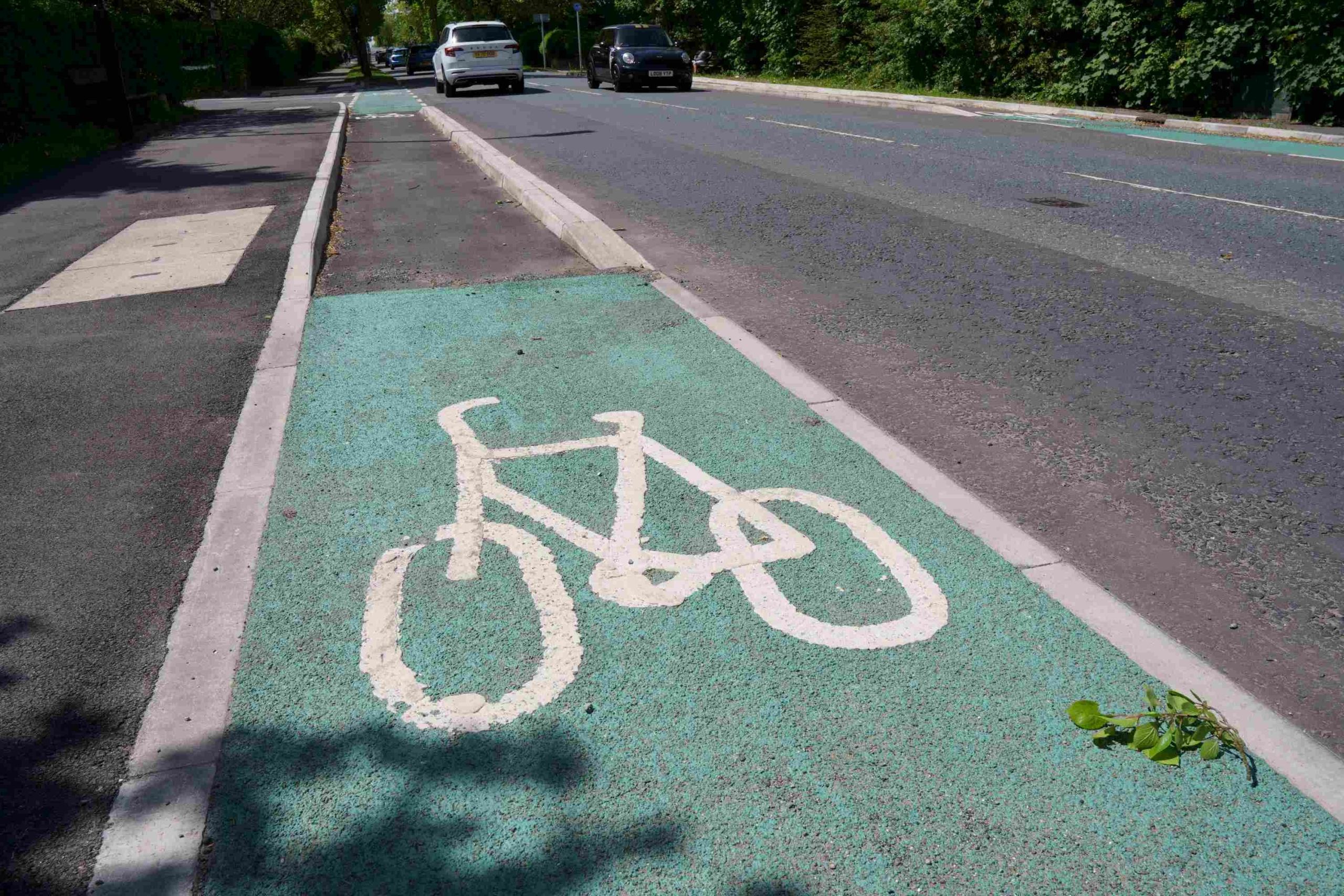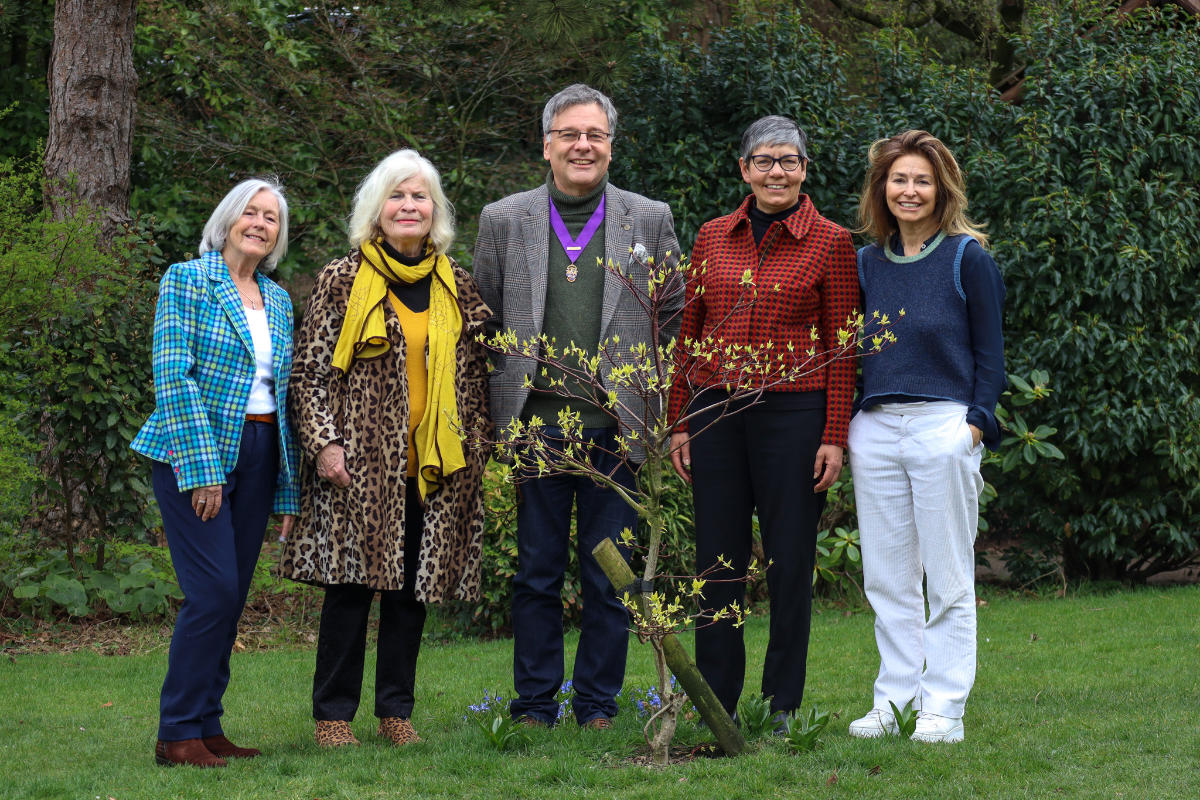Councillor Michael Schofield met this morning (27 May 2022) with two of the stakeholders for the Otley Road cycleway scheme.
Judy D’Arcy Thompson, chair of the Stray Defence Association committee and Chris Dicken from the Harlow and Pannal Ash Residents Association (HAPARA) discussed the history of the scheme, the recent NYCC stakeholder event, and their views towards it.
The Cycle Scheme is in three phases:
Phase 1
- Otley Road, from the Harlow Moor Junction (reservoir) to Cold Bath Road/ Arthur’s Avenue.
- The work is widened pathways, shared for walkers and cyclist.
- Junctions have been changed, with the stop line set back, when joining Otley Road.
- Additional crossing lights have been installed on some junctions to allow cycles to travel up the hill.
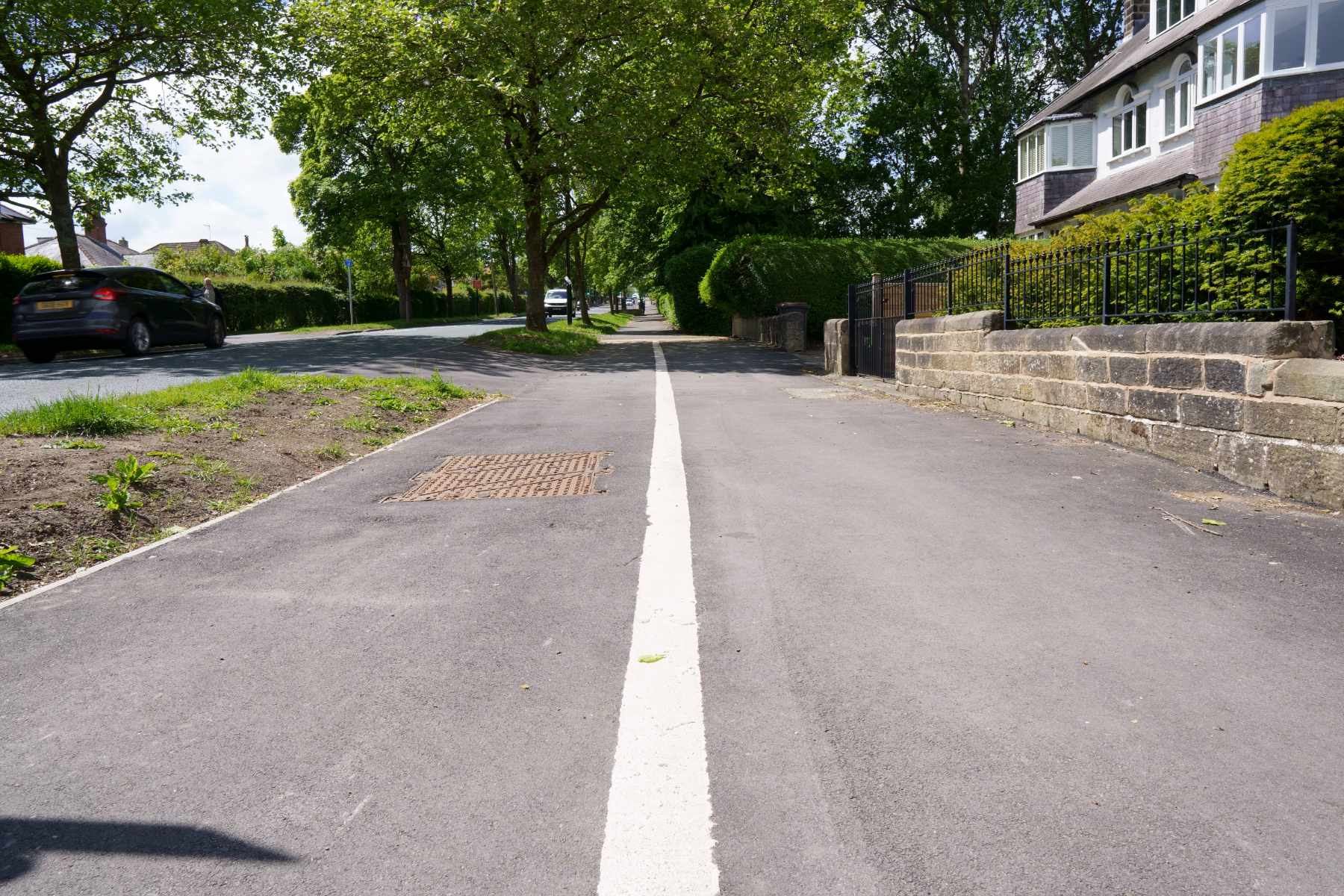
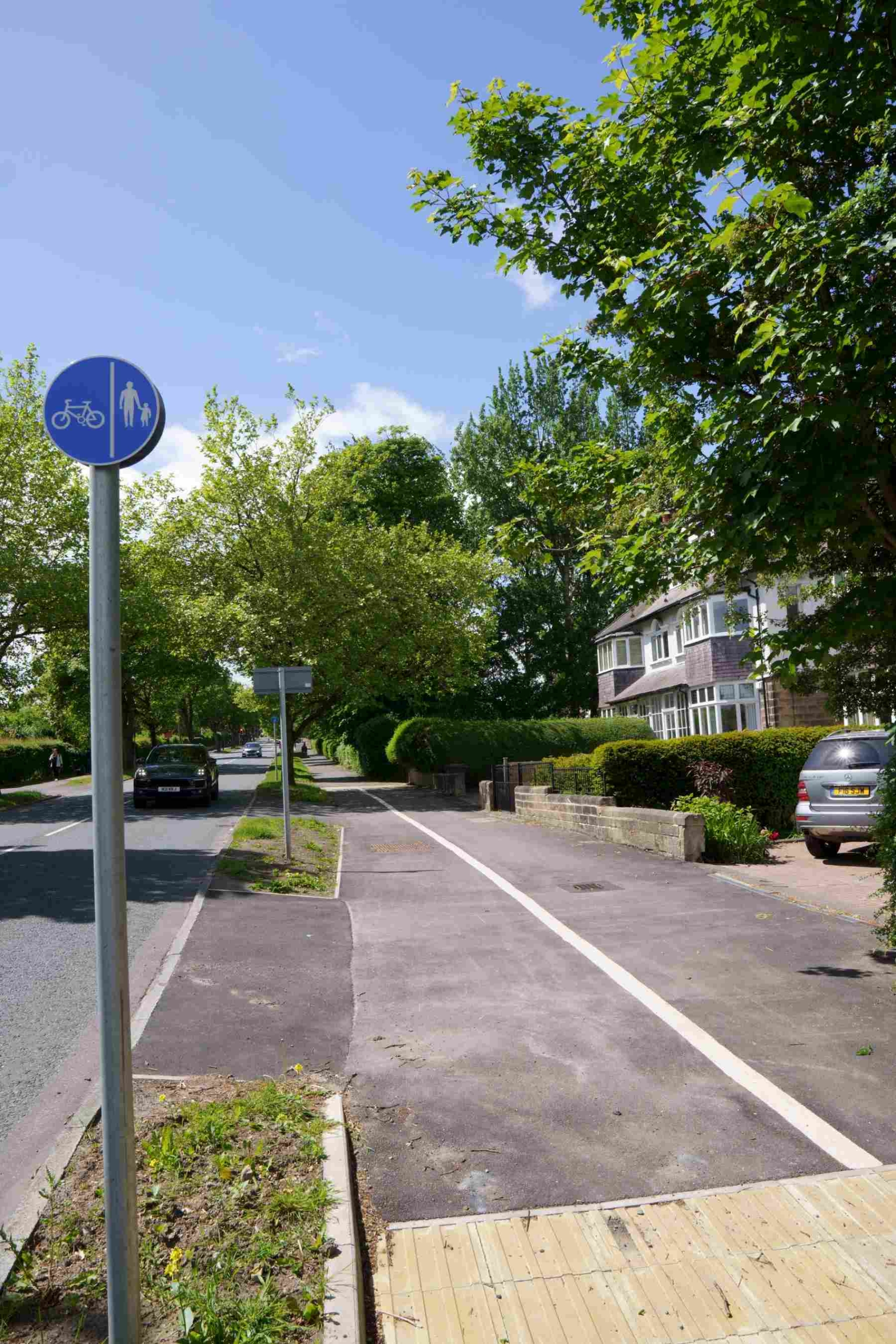
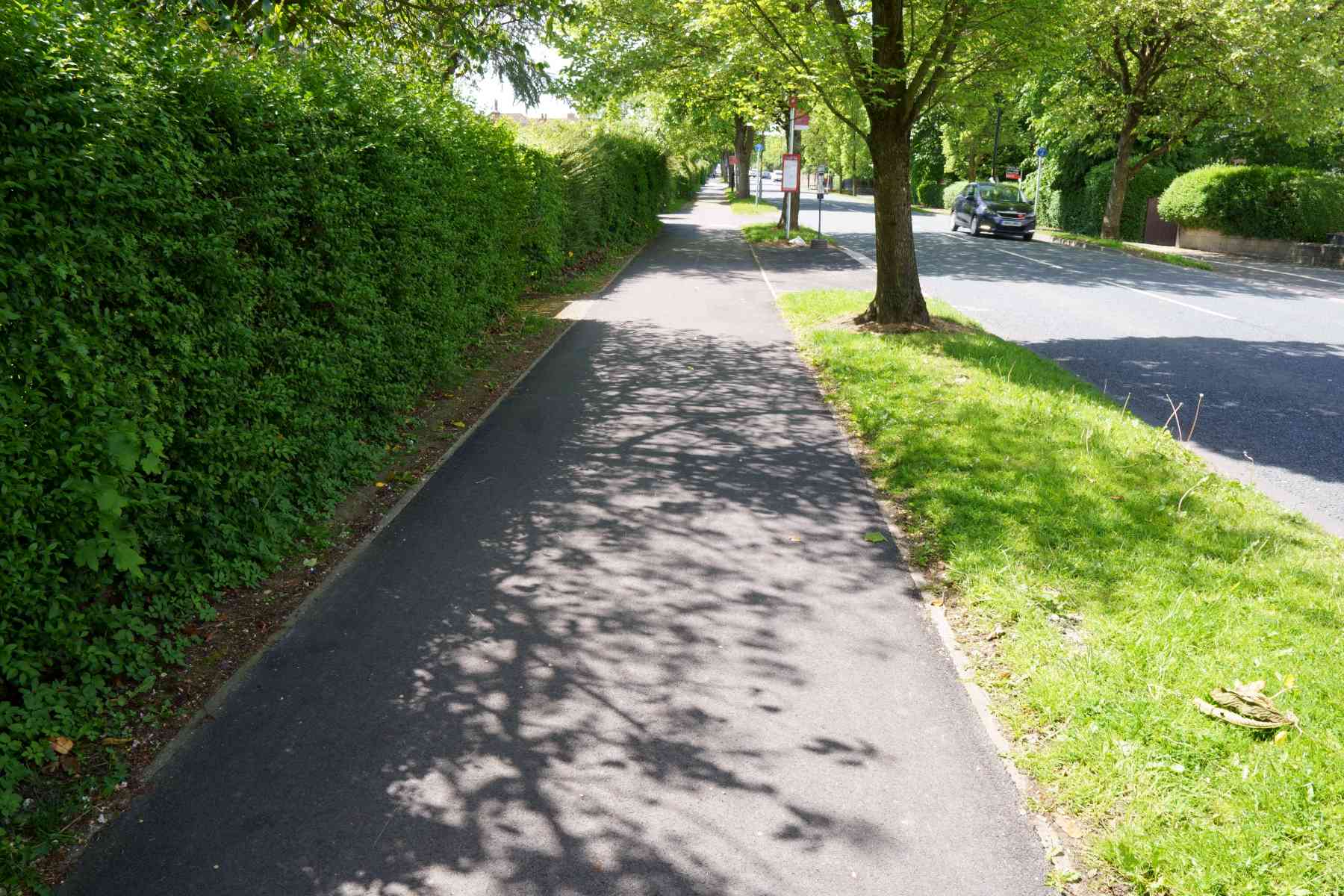
Junction approach and available visibility of cyclists and cars on Otley Road
Phase 2
- NYCC are currently running an experimental closure of Beech Grove, but have outlined plans to take the cycleway down Beech Grove, a new junction to link with Victoria Avenue, and the Gateway Project changes by the railway station.
Phase 3
- This is the section of the Harlow Moor Junction (reservoir), heading out of town to Harlow Carr.
- NYCC have said that they believe there is insufficient space on left side of the road (when heading away from town), meaning that there will likely be a shared cycleway on the right-hand side of the road.
- The budget is believed to be coming from Section 106 planning conditions applied to developers building near to Otley Road.
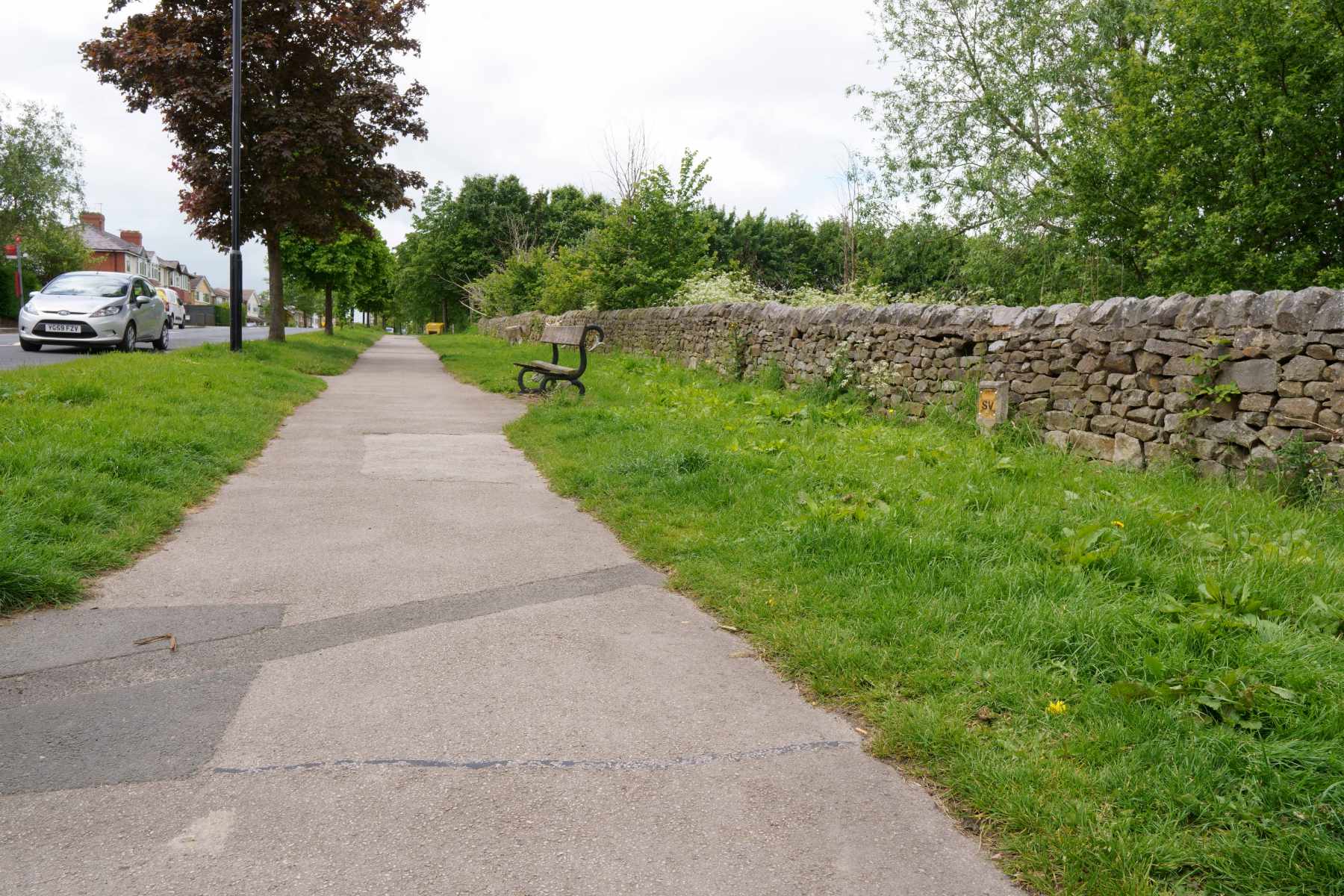
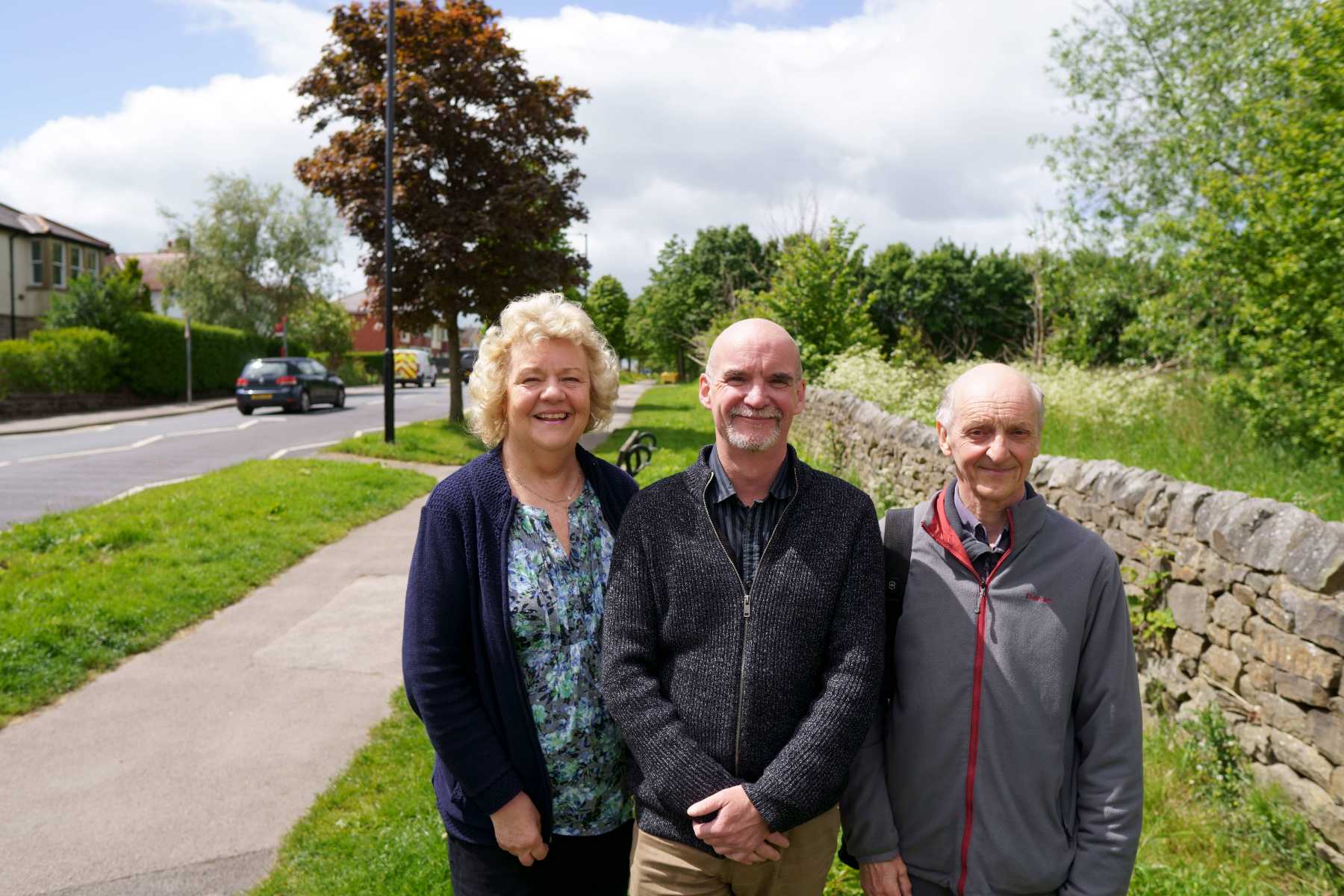
Judy d’Arcy Thompson said:
We first got involved with this scheme back in 2017. What many people don’t realise is that the verges (Stray Slips) of many of the approach roads to the Stray are also Stray land, and therefore protected by the Parliamentary Stray Act.
The trees and other vegetation on the Stray Slips are also protected by this Act, protection above Tree Preservation Order (TPO)
On the Otley Road, there were 117 trees, with 12 being felled so far for this work.
There seems to be limited understanding by the County Council about the protection given to the Stray under the Parliamentary Stray Act and where in fact the Stray is in the town, apart from the large green area!
The Highways team pushing this work has said that there needs to be a modal shift from the public, but although some may use cycles, it’s not practical for many. That could be a person that needs a vehicle to carry equipment for work, or someone who would find using a bicycle unsuitable as they need to arrive at their place of work smartly dressed.
I think that while cycling could be a part of the Active Travel plans, much more consideration should be given to those who walk and small electric ‘Hopper’ buses for use by schools, neither of which seem to be given much thought in the overall strategies.
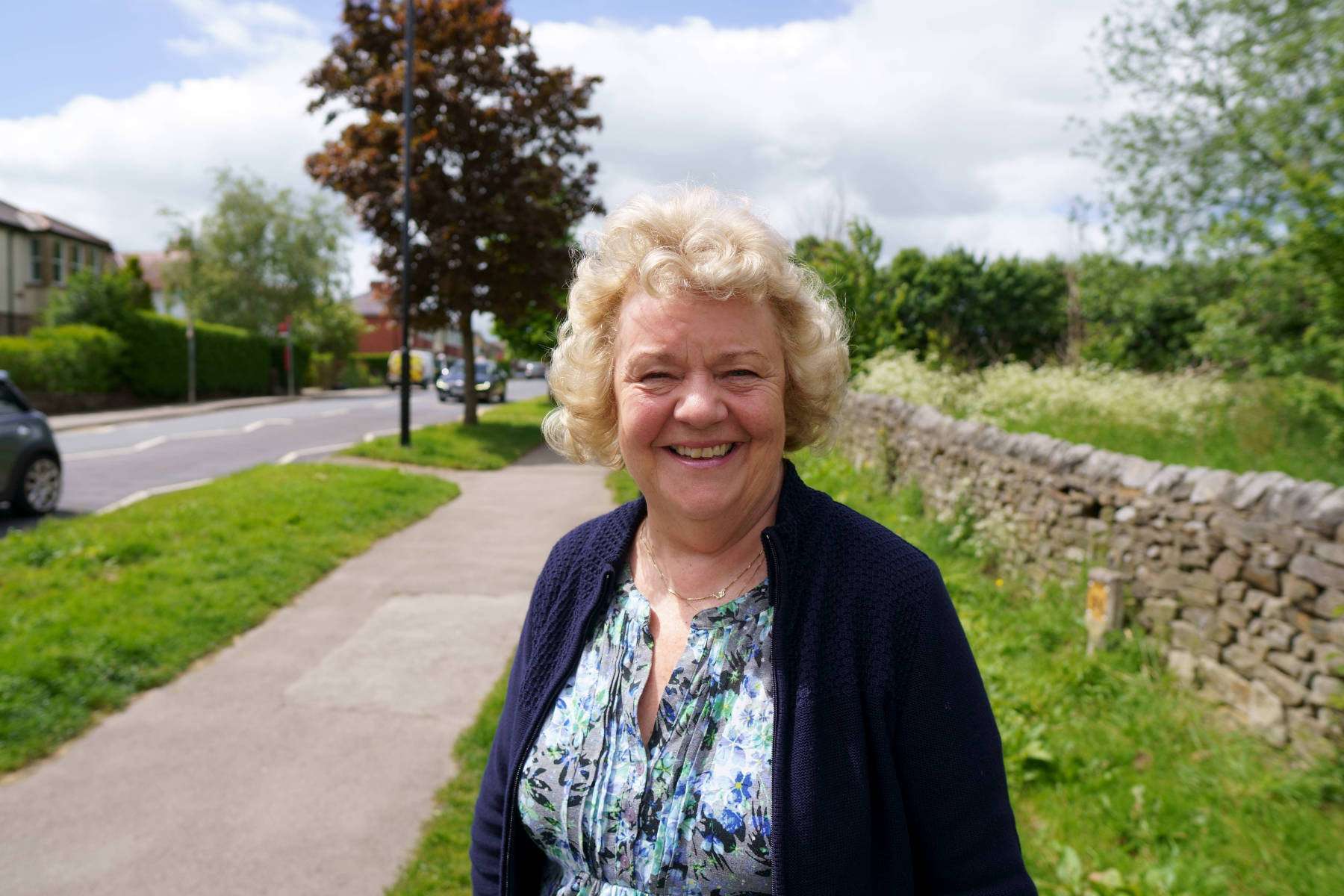
Chris Dicken said:
All three of us were very clear that we are not against cycleways, but there needs to be a balanced approach. The cycle groups are proposing cycleways on many routes, and I don’t believe that is feasible.
I live on Otley Road, and see many more people walking that route than cycling. Few of those cycling are using the new cycle route.
In many ways it is safer to be on main road, rather than the cycleway. The junctions are confusing, and I am not sure most drivers know what to do.
If the aim was provide cycle routes from the town centre to the Otley Road business park, or the new houses, there were potentially better routes. There are routes near the Pinewoods that would drop people into the town, or another route that currently goes from the Ashville area towards the Leeds Road.
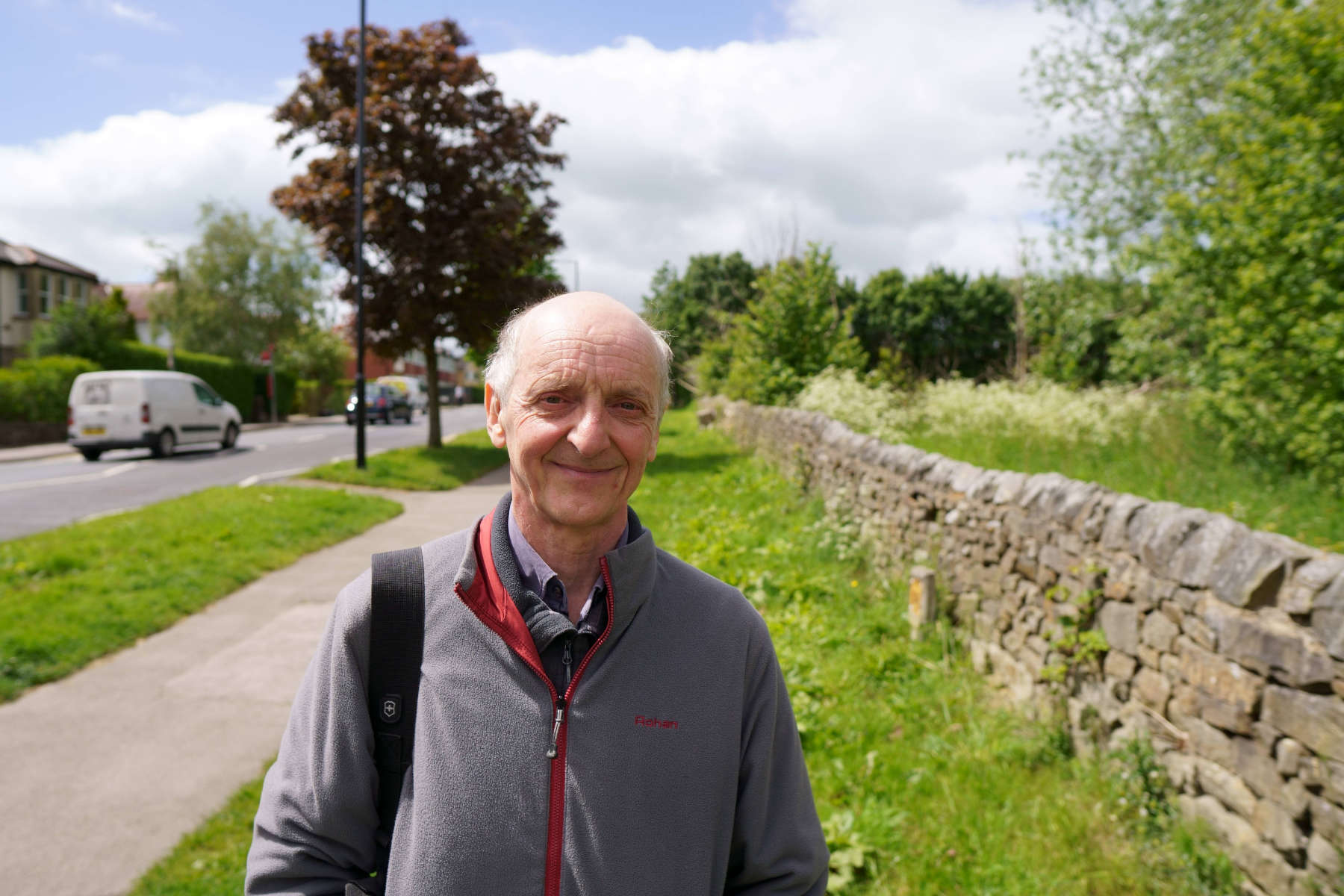
Judy d’Arcy Thompson said:
A further factor, that isn’t being sufficiently considered, is the environmental damage being caused by these works. Statistically, we are likely to see more periods of extreme rainfall.
When trees are removed, we lose their rainfall buffer, not to mention that a mature tree can take up 450 litres of water each day. Further loss of grass verges, plants and possibly yet more trees would make both Otley Road and West Park Stray vulnerable to flooding, as rainwater would have nowhere else to go but downhill.
A decision on the Phase 2 work is likely to be made in June 2022, but the Phase 3 is more problematic due to space and a potential greater impact on the verges.
Chris Dicken said:
Phase 3 was discussed at the NYCC meeting this week. The problem is that there is not room for a cycleway on one side of road, meaning the cycle traffic both into and out of town will share one side.
If that is a shared path, it would likely be around 3-metres wide, but if the opposing traffic needs to be segregated, it could be as wide as 5-metres, meaning a lot of damage to the verges.
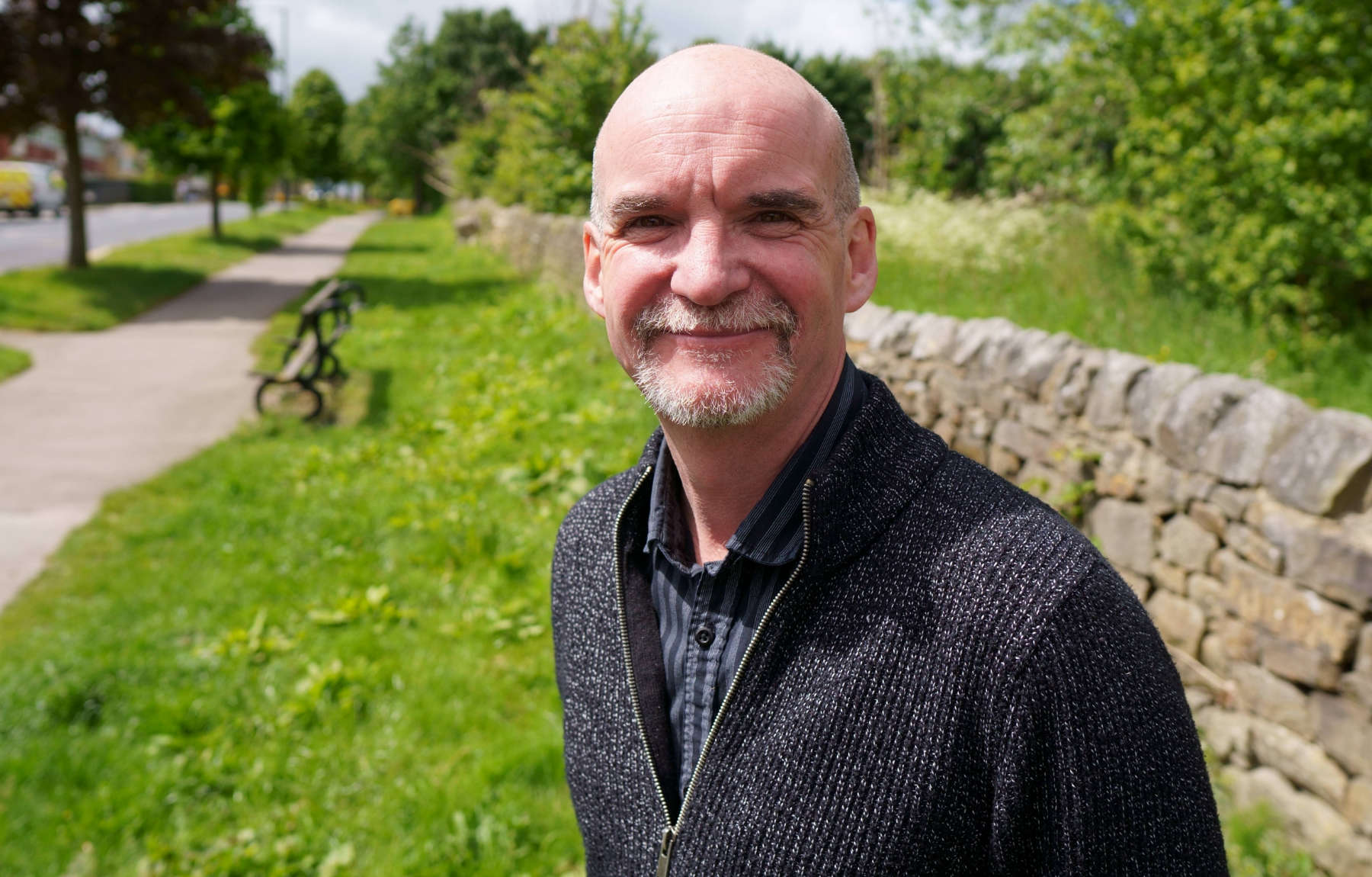
Michael Schofield said:
It was great to meet and talk to Judy and Chris.
The issue seems to be one of balance. I have seen that County Council have said that this is the scheme that people wanted in their thousands, but I think any project needs to be looked at in isolation and the bigger picture needs to be clearer.
But people will also say they want better buses, walking and easier car journeys. The congestion survey, for most people, was just a question of if you wanted a relief road through Bilton Gorge.
For younger cyclists, or families, there is definitely some benefit from the first phase, but for more serious or commuter cyclist it can be seen they are not using the cycleway.
In terms of modal shift, we can’t expect people to move away from using their cars if there isn’t a viable alternative. There needs to be an equal amount of focus being put to walking and the local bus service.

